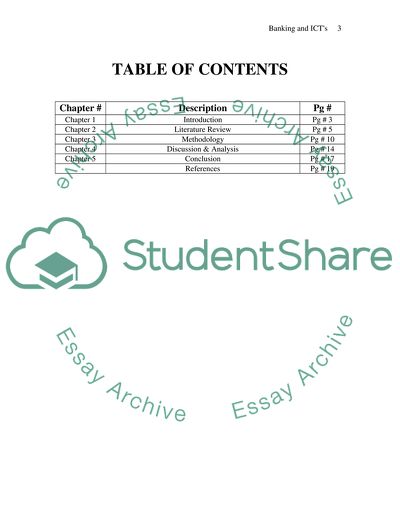Cite this document
(Application of Information and Communication Technology in Banking Term Paper - 1, n.d.)
Application of Information and Communication Technology in Banking Term Paper - 1. https://studentshare.org/finance-accounting/1703972-banking-and-icts
Application of Information and Communication Technology in Banking Term Paper - 1. https://studentshare.org/finance-accounting/1703972-banking-and-icts
(Application of Information and Communication Technology in Banking Term Paper - 1)
Application of Information and Communication Technology in Banking Term Paper - 1. https://studentshare.org/finance-accounting/1703972-banking-and-icts.
Application of Information and Communication Technology in Banking Term Paper - 1. https://studentshare.org/finance-accounting/1703972-banking-and-icts.
“Application of Information and Communication Technology in Banking Term Paper - 1”. https://studentshare.org/finance-accounting/1703972-banking-and-icts.


